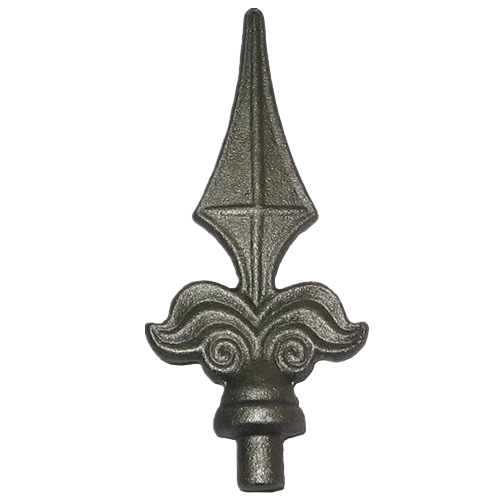Mobile:+86-311-808-126-83
Email:info@ydcastings.com
die cast material
Understanding Die Cast Materials A Key Component in Manufacturing
Die casting is a highly efficient and versatile manufacturing process widely used in various industries, including automotive, aerospace, electronics, and consumer products. At the heart of this process lies the choice of die cast materials, which play a crucial role in determining the quality, performance, and cost-effectiveness of the final products. In this article, we will explore the different types of die cast materials, their properties, and their applications.
Die casting generally employs two main types of materials metals and alloys. The most commonly used die cast materials include aluminum, zinc, and magnesium. Each of these materials has unique characteristics, making them suitable for different applications.
1. Aluminum Die Cast Materials Aluminum is the most popular material in die casting, known for its lightweight and excellent corrosion resistance. It has a low melting point, which makes it easier to cast into complex shapes and intricate designs. Aluminum die castings are widely used in the automotive industry for engine components, transmission housings, and structural parts. Its thermal conductivity also makes it ideal for applications in electronics, where heat dissipation is crucial.
2. Zinc Die Cast Materials Zinc is another favorite in the die casting process due to its low cost and excellent flow properties. Zinc die castings are known for their high strength and durability, making them suitable for heavy-duty applications. The zinc die casting process allows for tight tolerances and exceptional surface finishes, which is why it is often used in manufacturing components like fasteners, automotive parts, and electronic housings. Moreover, zinc has a natural ability to resist corrosion, adding longevity to the components.
die cast material

3. Magnesium Die Cast Materials Magnesium is the lightest structural metal, which makes magnesium die castings highly desirable in industries where weight reduction is critical, such as aerospace and automotive. Although magnesium is more challenging to cast and requires specific handling due to its flammability, the weight-saving benefits and high strength-to-weight ratio make it a preferred choice for various applications. It is often used in parts such as gear housings, brackets, and other components where minimizing weight can significantly impact performance and fuel efficiency.
In addition to these primary materials, several other metals and alloys, including copper and tin, can also be used for specialized applications. The selection of a die cast material depends on various factors such as mechanical properties, thermal conductivity, weight requirements, corrosion resistance, and production costs.
The die casting process itself involves forcing molten metal into a mold under high pressure, resulting in high-accuracy and repeatable parts. This method not only allows for complex geometries to be achieved but also significantly reduces waste material compared to other manufacturing techniques.
In conclusion, die cast materials are fundamental to the success of the die casting process, directly influencing the performance, durability, and cost of the end products. Understanding the properties and applications of different die cast materials is essential for manufacturers to choose the right material for their specific needs, ensuring high-quality production and enhanced product performance. As technology advances, the development of new materials and improved die casting techniques will continue to drive innovation across various industries, further emphasizing the importance of this manufacturing process.
-
Optimize Maintenance Efficiency with Durable Oil Catch SolutionsNewsJul.18,2025
-
Maximize Pump Performance with Precision-Engineered ComponentsNewsJul.18,2025
-
Elevate Industrial Flow Systems with Precision-Engineered ComponentsNewsJul.18,2025
-
Boost Durability and Functionality with Precision Power CastingsNewsJul.18,2025
-
What Makes Stainless Steel Pump Casting Essential for Modern Industries?NewsJul.14,2025
-
Revolutionize Your Engine Maintenance with Premium Aluminum and Cast Iron ComponentsNewsJul.14,2025











